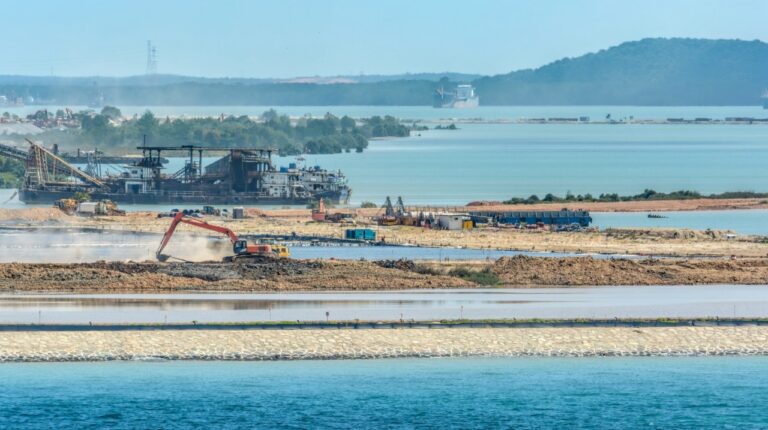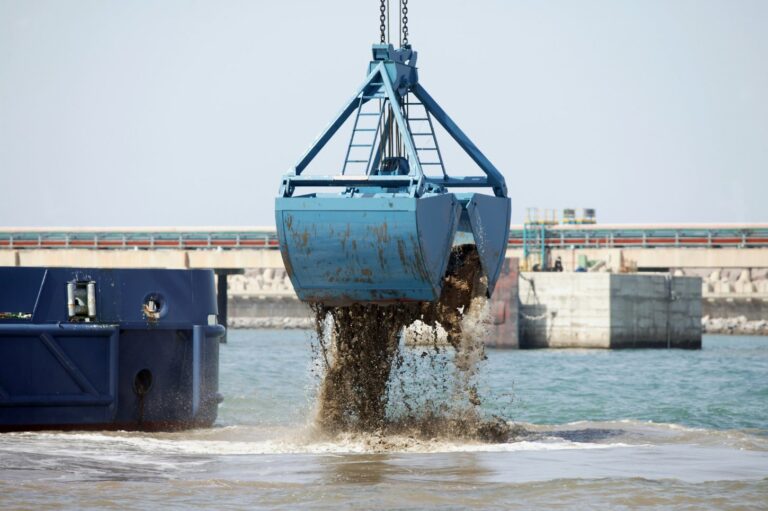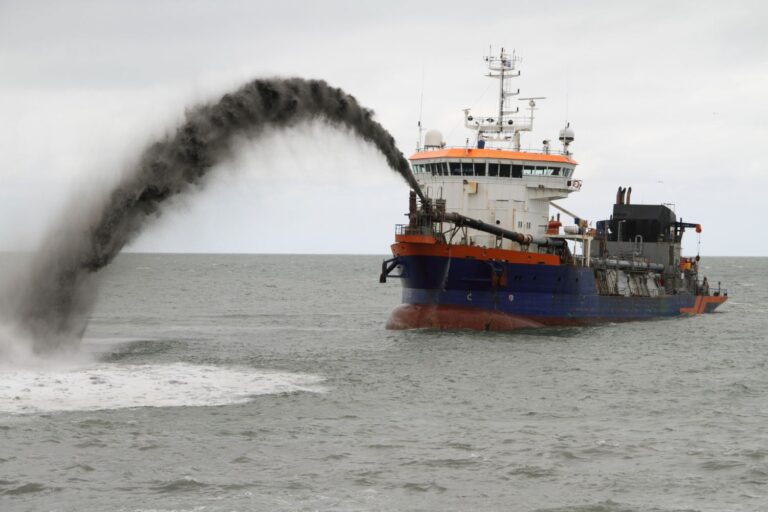Book Appointment Now
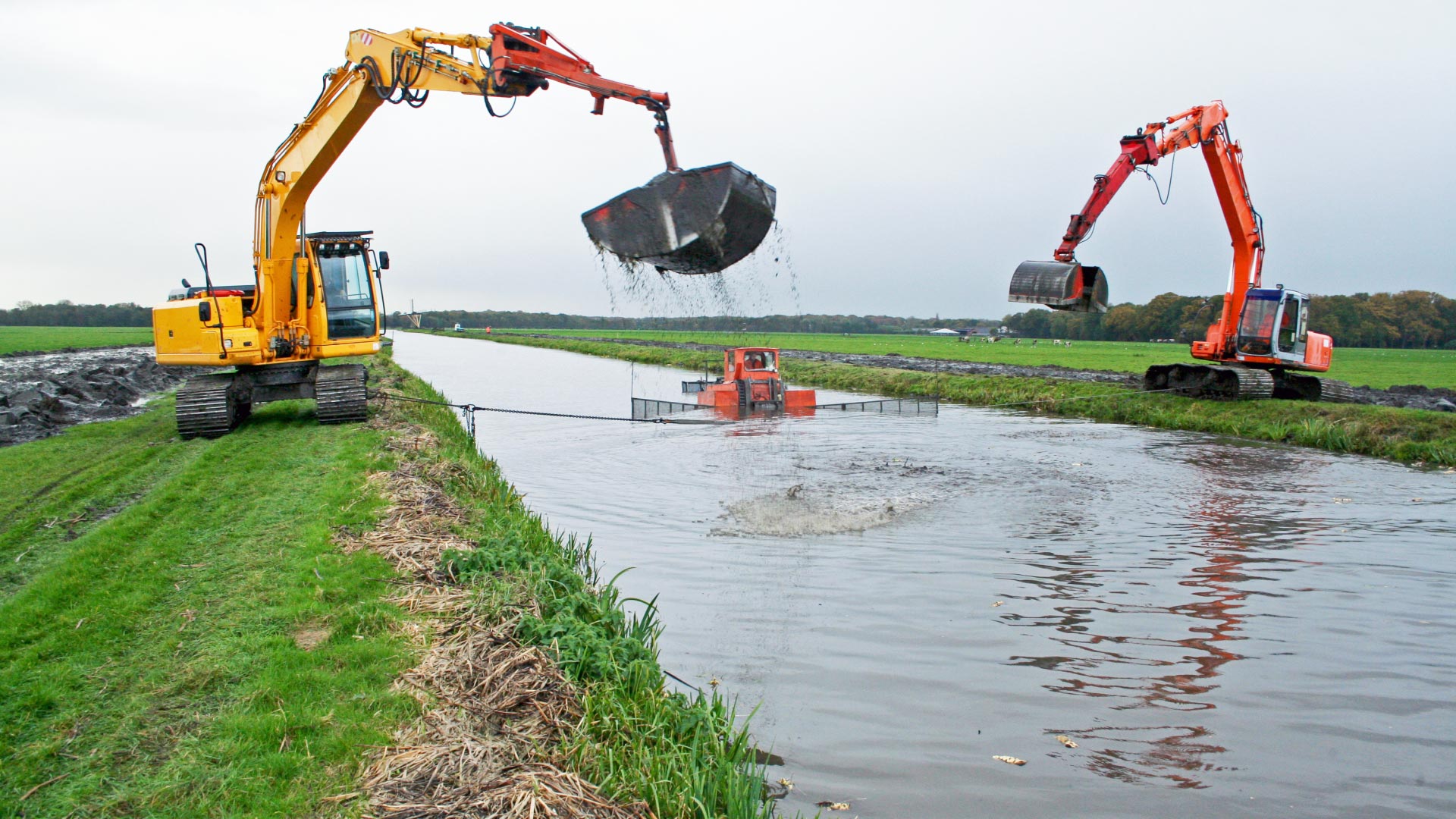
Benefits of Dredging Equipment Rental for Remote or Temporary Job Sites
Across South Asia and the Gulf, explosive growth in port expansion, hydropower reservoirs, and coastal defense projects has elevated the demand for dredge equipment rental. Government stimulus packages, ESG-driven remediation mandates, and a renewed focus on resilient logistics corridors mean that project schedules are tight and capital allocations are closely scrutinized. In response, many owners and EPC contractors view dredge rental as a strategic lever, scaling fleet capacity only for the months it is truly required while preserving balance-sheet agility.
Remote floodplains, mountainous catchments, and desert pipeline corridors present unique challenges for mobilization. Access roads may be unfinished, local power supplies may be limited, and workforce accommodations may be temporary. A turnkey dredging equipment rental package, complete with modular booster pumps, floating discharge lines, and certified operators, reduces staging time and eliminates the hidden costs of transporting oversized assets across multiple borders.
Equally important, a well-negotiated dredge equipment rental contract aligns cash flow with project milestones, ensuring a smooth financial trajectory. Instead of incurring millions in ownership costs, clients pay predictable installments that cover preventive maintenance, spare parts, and technical support. The result is a lower barrier to deploying next-generation high-efficiency slurry pumps, real-time production monitoring, and environmental compliance sensors, capabilities that might otherwise remain out of reach.
Why Dredging Is Critical for Infrastructure and Industry
Maintaining navigable waterways, port turning basins, and inland barge routes is crucial for regional trade. Siltation rates can spike after monsoons or storm surges, creating draft restrictions that jeopardize shipping schedules. Through flexible dredge equipment rental programs, port authorities can augment their in-house fleet with precision cutter-suction systems or submersible pumps for a defined campaign, then off-hire the units once channels return to design depth. This model of dredge equipment rental maintains stable maintenance budgets while ensuring critical infrastructure remains open year-round.
Beyond navigation, land reclamation, flood-control embankments, and industrial site preparation rely on rapid sediment management. For municipal agencies racing to deepen stormwater reservoirs before peak rainfall, renting dredge equipment provides immediate access to high-head booster stations without the lengthy procurement cycle associated with capital purchases. The same approach supports emergency response after cyclones, where the rental of fast-track dredge equipment, such as amphibious excavators, can restore drainage channels before disease vectors take hold.
In mining, oil, and gas, slurry ponds, tailings dams, and offshore trenching demand specialized equipment that may sit idle between campaigns. Leveraging a strategic dredge equipment rental agreement enables operators to deploy abrasive-duty pumps with hardened wear rings only when production schedules require them. Coupled with dredge equipment rental for floating hose arrays and monitoring skids, as well as the option for short-term dredge rental of autonomous dredging platforms, companies can improve their return on investment while meeting stringent HSE targets.
Unique Challenges of Remote or Temporary Dredging Projects
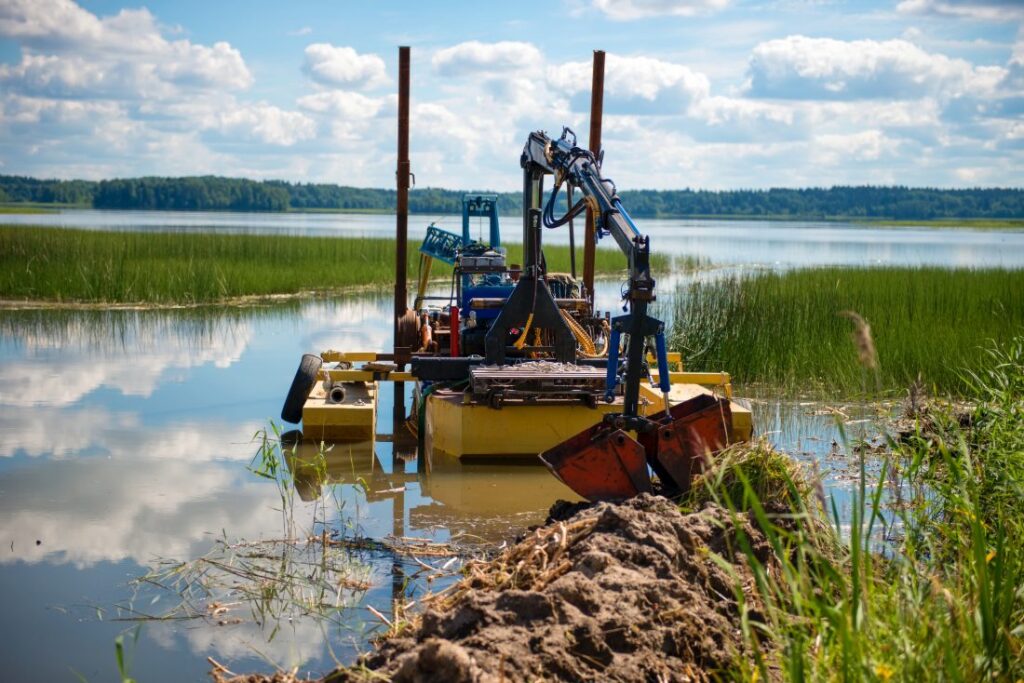
Projects located deep inland, far offshore, or at high-altitude lakes often begin with a single constraint: reaching the site with heavy machinery. Road widths, bridge clearances, and seasonal weather windows dictate what can physically move in or out. In these situations, dredge equipment rental gives project managers the flexibility to match lift capacities and barge dimensions without committing to a single vessel type. When a contractor opts for dredge rental, the fleet can be swapped for shallow-draft pontoons one month and container-friendly submersible pumps the next, minimizing idle time while meeting restricted-access requirements.
Transport and setup complexity follow close behind. Long supply lines for fuel, spare parts, and consumables can hinder progress if equipment is not standardized. By structuring a dredging equipment rental package around modular pumps, quick-coupling floating pipelines, and pre-wired control cabins, logistics managers streamline customs clearance and on-site assembly. A second advantage of engaging a reputable dredge equipment rental provider is the availability of regionally staged spares, which are critical when a single gearbox failure could otherwise result in days of helicopter-lifted replacements.
Once mobilized, temporary worksites rarely have expansive laydown yards or fully staffed workshops. Crews rotate in and out, and the on-site mechanic may be a multi-tasked electrician. Here, dredging gear rental shines by including preventive-maintenance technicians and ready-calibrated fuel filtration kits, eliminating the need to build a full maintenance depot. Finally, because most remote campaigns run on slender, milestone-driven budgets, owners must avoid orphaned capital at demobilization. A well-structured dredge equipment rental contract converts that risk into scheduled operating payments, while dredge rental extensions remain negotiable if unforeseen delays push work into the next season.
Key Benefits of Dredging Equipment Rental
A. Cost Efficiency and Capital Flexibility
With dredging equipment rental, owners sidestep multimillion-dollar purchases and redirect capital to core infrastructure. For a six-week canal-deepening program, a short-term dredge rental keeps expenditures in OpEx, freeing credit lines for breakwater construction or land acquisition.
B. Access to Specialized and Up-to-Date Equipment
Every geological setting demands different tooling. A single provider can bundle a suction dredger, wear-resistant booster pump, and AI-enabled production dashboard under one dredging equipment rental agreement. That same provider refreshes inventory annually, so clients receive Tier-III engines, GNSS dig-assist, and low-turbidity discharge heads without separate procurement. If bathymetry changes mid-campaign, a quick call swaps equipment under the existing dredging gear rental framework, maintaining the schedule without renegotiation.
C. Reduced Downtime and Maintenance Burden
Breakdowns in silt-laden water are inevitable, but they need not derail progress. A premium dredging equipment rental package includes 24/7 remote diagnostics and pre-positioned wear parts. Should an impeller seize, the rental firm delivers a drop-in spare and, if necessary, dispatches a replacement dredger, turning what could be a week-long outage into a single-shift swap. For the contractor, downtime penalties shrink, and the economics of dredge rental remain predictable. Meanwhile, under the same dredging gear rental terms, routine oil analyses and vibration checks are handled by the provider’s field crew, lightening the workload on project personnel.
D. Logistics and Deployment Support
Speed matters, especially when permits limit working windows. Many providers maintain “ready-to-ship” skids, pre-flanged pipelines, calibrated pumps, and fuel bladders, so equipment leaves the warehouse hours after the contract is signed. Such pre-configuration is embedded in comprehensive dredging equipment rental offerings, ensuring fast beach landings or river-barge transfers. On arrival, factory trainers certify local operators, and additional dredge rental items, from 500-meter HDPE float lines to autonomous depth-tracking drones, can be added à la carte. For specialized tasks, the same vendor delivers auxiliary dredging gear rental packages, including turbidity curtains, booster barges, and survey boats, completing a turnkey logistics chain that keeps critical path tasks on track.
Real-World Scenarios Where Dredge Rental Delivers Value
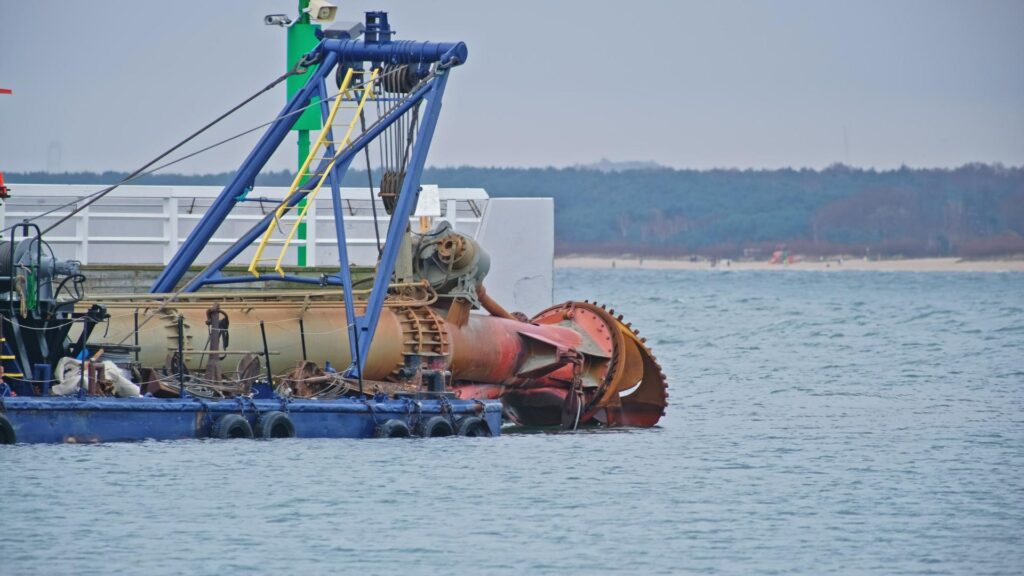
Projects executed under tight deadlines benefit when planners lock in a flexible dredging equipment rental rather than purchasing it. By consolidating pumps, boosters, and survey systems into a single dredging gear rental agreement, mobilization is reduced from weeks to days.
Military and Naval Operations – Port clearance or beach-landing lanes often require fast deepening after a storm surge. A short-term dredge rental brings sectional cutter heads and shallow-draft barges that sail on the same transport ship as combat-engineering stores, then depart as soon as berthing capacity is restored.
Mining and Resource Recovery – Tailings Ponds Shift as Ore Grades Change. With a rolling dredging equipment rental, operators redeploy abrasion-duty pumps from one pit to another and add an emergency dredge rental clause for storm-driven silt removal.
Oil & Gas Infrastructure – Marshy pipeline corridors demand trenching tools sized for variable water depths. Modular dredging gear rental packages, submersible pumps, floating HDPE lines, and diesel boosters arrive containerized, ready to splice into on-shore power or gensets.
Municipal Works – Canal desilting and stormwater detention upgrades must finish before the monsoon season. A three-month dredging equipment rental supplies high-solids pumps, clarifier barges, and standby crews, with an extendable dredge rental option, should rainfall arrive early.
Types of Dredging Equipment Commonly Available for Rental
A fit-for-purpose dredging equipment rental catalogue starts with a soil and bathymetry review, then pairs assets to production targets through a turnkey dredging gear rental service:
- Cutter Suction Dredgers – For compacted clay and hard silt. In a dredge rental configuration, the vessel ships with multiple cutter heads and density meters, ready for high-precision bank cutting.
- Submersible Dredge Pumps – Skid-mounted or amphibious units drop from pontoons, forming the backbone of many shallow-draft dredging equipment rental packages.
- Backhoe Dredgers – Excavator barges that excel around bridge piers or quay walls; contractors add them to the dredging gear rental list when centimeter-level accuracy is required.
- Floating Pipeline Systems – HDPE lines, quick-connect floats, and booster stations are bundled into the same dredging equipment rental contract, ensuring hydraulic losses stay within design limits as discharge distances change.
By aligning equipment selection with geotechnical data and schedule risk, owners leverage dredging equipment rental to balance performance, cash flow, and compliance across every project phase.
Selecting a Trusted Dredge Rental Partner
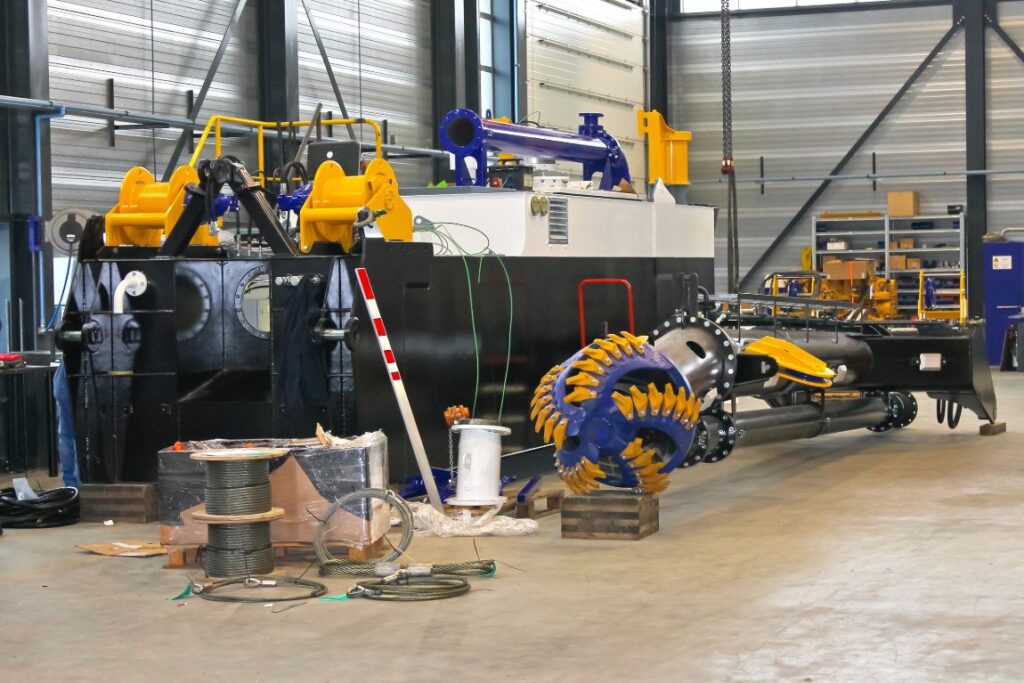
Choosing the right provider for your dredging equipment rental program is crucial, as it determines whether production targets are met on time and within budget. Procurement teams should vet each candidate against the following criteria:
- Equipment Reliability and Availability
Confirm the fleet’s service history, mean-time-between-failures metrics, and the percentage of units kept in ready-to-ship status. A reputable partner maintains spare parts and modular kits, which are essential when a remote dredging gear rental package requires overnight shipment to avoid costly downtime. Ensure the same standards apply to every item under the broader dredging equipment rental agreement. - Experience in Comparable Environments or Industries
Request case studies from similar soil conditions, altitudes, or regulatory regimes. A provider that has executed multiple dredge rental projects in abrasive tailings ponds or corrosive estuaries brings proven operating procedures and calibrated pump curves you can rely on. - On-Call Support and Operator Training
Round-the-clock hotline access, remote diagnostics, and on-site commissioning engineers reduce learning curves and prevent delays. Top-tier vendors embed certified trainers with every dredging gear rental deployment, ensuring that local crews hit targeted production rates within the first shift. - Compliance with Regional Standards and Permits
Verify that engines meet emission norms, spill-containment systems satisfy environmental codes, and safety certifications align with defense or municipal procurement rules. A compliant dredge rental partner simplifies permit approvals and minimizes legal exposure, allowing you to focus on project execution rather than paperwork.
By applying this checklist consistently, buyers secure a dredging equipment rental relationship that balances technical performance, regulatory conformity, and total lifecycle value.
Maximizing ROI with Dredging Equipment Rentals
For project owners and procurement leaders, renting dredging equipment offers a strategic advantage that extends beyond short-term convenience. It enables faster mobilization, reduces capital outlay, and provides access to specialized equipment that aligns with evolving site conditions. Whether managing sediment in remote mining basins or preparing coastal infrastructure for seasonal demands, a tailored dredge rental solution ensures operational continuity without the long-term burden of ownership.
Early engagement with experienced rental providers enables engineering and planning teams to assess equipment needs based on geotechnical data, production targets, and logistical constraints. From sourcing the right combination of high-performance pumps to bundling auxiliary systems through a comprehensive dredging gear rental plan, proactive coordination helps mitigate risk and enhance budget accuracy.
To optimize both performance and financial return, decision-makers across government, energy, and heavy industry sectors should prioritize vendors who understand the regional context and offer full-scope support.
Contact Hydro Pump and Dredge today to explore customized dredging equipment rental solutions designed for your project’s scope, timeline, and terrain.


